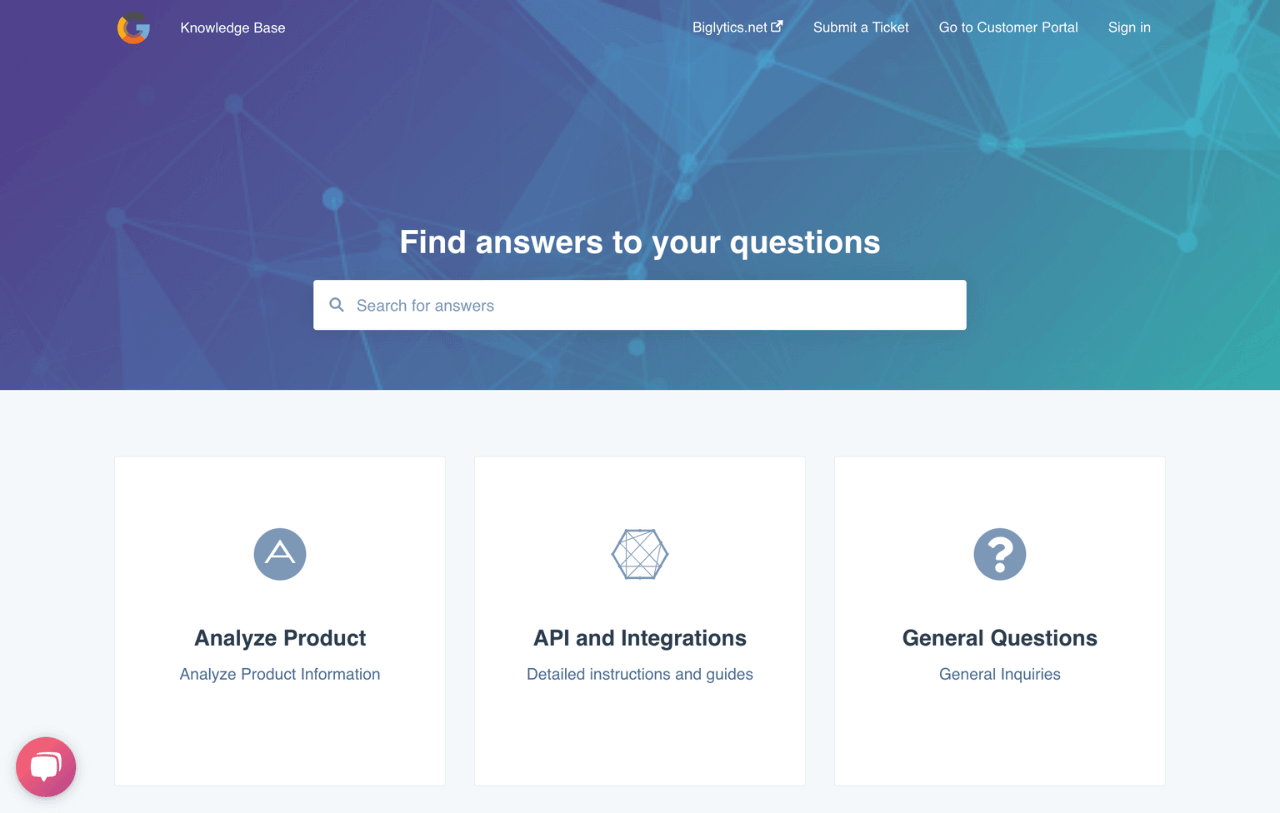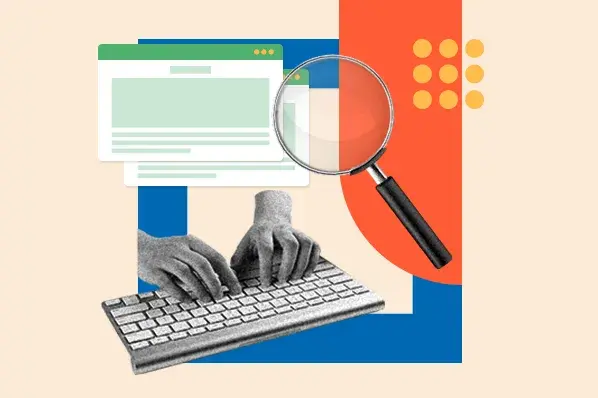Technical documentation is necessary for success, whether you’re an end user, support rep, developer, or other internal team member. In this article, I’ll discuss everything about technical documentation — what it is, why it’s important, examples, and how to write your own.
Table of Contents
- What is technical documentation?
- Importance of Technical Documentation
- Technical Documentation Types
- How to Create Technical Documentation (in 8 Easy Steps)
- Technical Documentation Examples
What is technical documentation?

Let’s start with the basics.
Technical documentation is written material explaining how a product, process, or system works. Technical documentation is crafted by technical writers who deeply understand the subject matter and intend to present information in a clear, accessible, and easy-to-follow format. It includes:
- User manuals.
- Developer documentation.
- Troubleshooting guides.
- And more.
Watch the video below to learn more about technical documentation and why it is an integral part of the software planning process.
Importance of Technical Documentation
Technical documentation is more than an obligatory manual that everyone skips over (I know, I’m guilty of this). It’s an essential asset that helps your customers and team members get the most value possible from your software. Here are some reasons why technical documentation is critical.
Improve Customer Self-Service and Satisfaction
As a support rep at HubSpot, I referenced technical documentation daily to guide my troubleshooting and empower customers. At the end of most support calls, I shared relevant technical documentation with customers to help them should they reencounter the same issue.
In my experience, customers appreciate having access to technical documentation and self-service resources so they can solve problems independently. In fact, 88% of customers expect access to self-service resources, and 38% of Gen Z and Millennial customers will give up on resolving an issue entirely if they can’t do it themselves (I am one of these people).
What does this all mean? Technical documentation is a must, and customer satisfaction increases when customers are empowered to help themselves via access to the right resources.
What I like: Technical documentation and self-service options make customers happy and reduce the load on your support team by deflecting unnecessary tickets.
Reduce Service Costs
Proper technical documentation ensures that customers can solve issues independently and succeed with your product. As a result, there are fewer incoming support tickets.
According to research from Gorgias, service teams that offer technical documentation and automated support options can automatically deflect up to one-third of tickets. This saves time and resources, allowing your reps to focus on higher-priority tasks while keeping money in your pocket.
As a customer, I always use technical documentation and self-help resources to solve problems independently. Calling support is a last-ditch effort for me, and in my experience as a support rep, many customers are on the same page.
Pro tip: Embed links to product documentation directly into your product interface so your customers can receive support in real time.
Facilitate Product Development
Technical documentation isn’t just for your customers. Development teams need access to clear, thorough technical documentation to maintain an ongoing understanding of your system architecture, especially as you improve your product and onboard new team members.
Proper technical documentation saves time and reduces the likelihood of errors. With access to high-quality, up-to-date documentation, team members can spend less time waiting for answers and more time launching new products and features.
Fintech developer Aleksandr Sokolov sums up the importance of technical documentation nicely in a Medium post on the topic:
“As the company grows, you will have new teams, new integrations, new features, validations, rules, etc. If you don’t have quality and complete documentation, sooner or later, you will face many problems which can affect your product negatively.”
In short, technical documentation ensures your product teams are fully equipped to work efficiently in a fast-paced environment.
Enhance Team Efficiency
How much time do you think employees waste weekly waiting for information and assistance from other team members? I’ll give you a second to guess … okay, here’s the answer:
That’s a lot of time! It makes sense, though. I remember how much I bugged my more experienced coworkers for help as a new support rep, not for lack of technical documentation, though (don’t be like me, folks).
Access to proper technical documentation saves time and enhances efficiency for all your teams by creating a single source of truth that team members can access whenever they have questions about your products or processes.
What I like: A well-maintained knowledge base or internal wiki deflects redundant questions and helps teams work more efficiently.
Are you looking to create a single source of truth for your technical documentation and company knowledge? Look no further than HubSpot’s Knowledge Base software.
Now that I’ve discussed some of the reasons technical documentation is essential, I’ll discuss the different types of technical documentation you may encounter.
Technical Documentation Types
- Product Requirements
- User Experience (UX) Design
- End-User Guides
- Project Plans
- Product Roadmaps
- Test Schedules
As highlighted above (and in the image below), businesses may use several types of technical documentation to stay organized during the product development lifecycle.
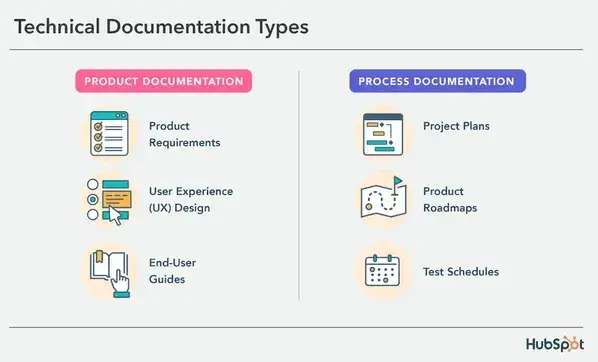
They usually fall into one of two categories: product documentation and process documentation.
I’ll review a few in each category next.
Product Documentation
Product documentation provides detailed information about the product’s specifications and step-by-step instructions for using it. This includes documentation for product requirements, user experience (UX) design, and end-user guides.
Product Requirements
A product requirements document, or PRD, is an intricately detailed document that describes a product’s purpose, features, and functionality. It also includes any assumptions and limitations related to product use. A PRD details everything that must be included in a piece of software to be considered complete.
Here’s an example:

You can view the entire PRD here. These lengthy documents detail everything from a product’s goals to timelines and metrics for evaluation.
Product requirements documents typically include:
- Product goals and objectives to define the business case for a product.
- Product features and functionality to outline how the components work together.
- System requirements to indicate the user environments that support the product.
Pro tip: A modern PRD should do more than just outline necessary features; it should excite the team to build it.
User Experience (UX) Design
Sometimes, user experience (UX) design documentation is included in a PRD. In other cases, it exists independently and provides information about a product’s intended user workflow.
UX and usability research findings largely inform the user workflow. These findings allow UX designers to build prototypes and product maps based on specific end-user needs.

Apple’s Human Interface Guidelines are an industry-standard example of UX documentation for developers who want to create a great user experience on Apple platforms.
UX design documents typically include:
- User personas to summarize target user characteristics and behaviors.
- User activity maps to describe the steps users will take to complete a task.
- UX style guide to ensure all UX design elements are consistent.
What I like: UX design docs ensure a consistent design execution across all your products.
End-User Guides
An end-user guide is another popular type of product documentation — and likely something you’ve encountered before.
These documents usually provide step-by-step instructions for setting up a product or guidance on using different product features. After a purchase, customers can refer to user guides in your knowledge base or your website for additional information.
Here’s an example of a user guide:

I recently got a new pedal for my bass (yay!), and the manual is above. It is a classic piece of end-user documentation that details the functions of all the controls, power requirements, etc.
End-user guides typically include:
- Product setup how-tos to get users started after a purchase.
- Troubleshooting guides to help users solve problems on their own.
- Explanation of features.
- FAQs to address common questions related to a product.
Pro tip: Use screenshots and other visualizations to enhance the clarity and usability of end-user guides.
Process Documentation
Process documentation includes all project plans, product roadmaps, and test schedules for designing software or other projects.
Project Plans
A project plan defines a particular project’s goals, objectives, roles, responsibilities, and required tasks.
This plan outlines the specific tasks that different project teams must complete to launch a product or deliverable successfully. Each task is tied to a deadline to help track progress and keep the project on course.
Below is an example of a project plan using HubSpot Projects:
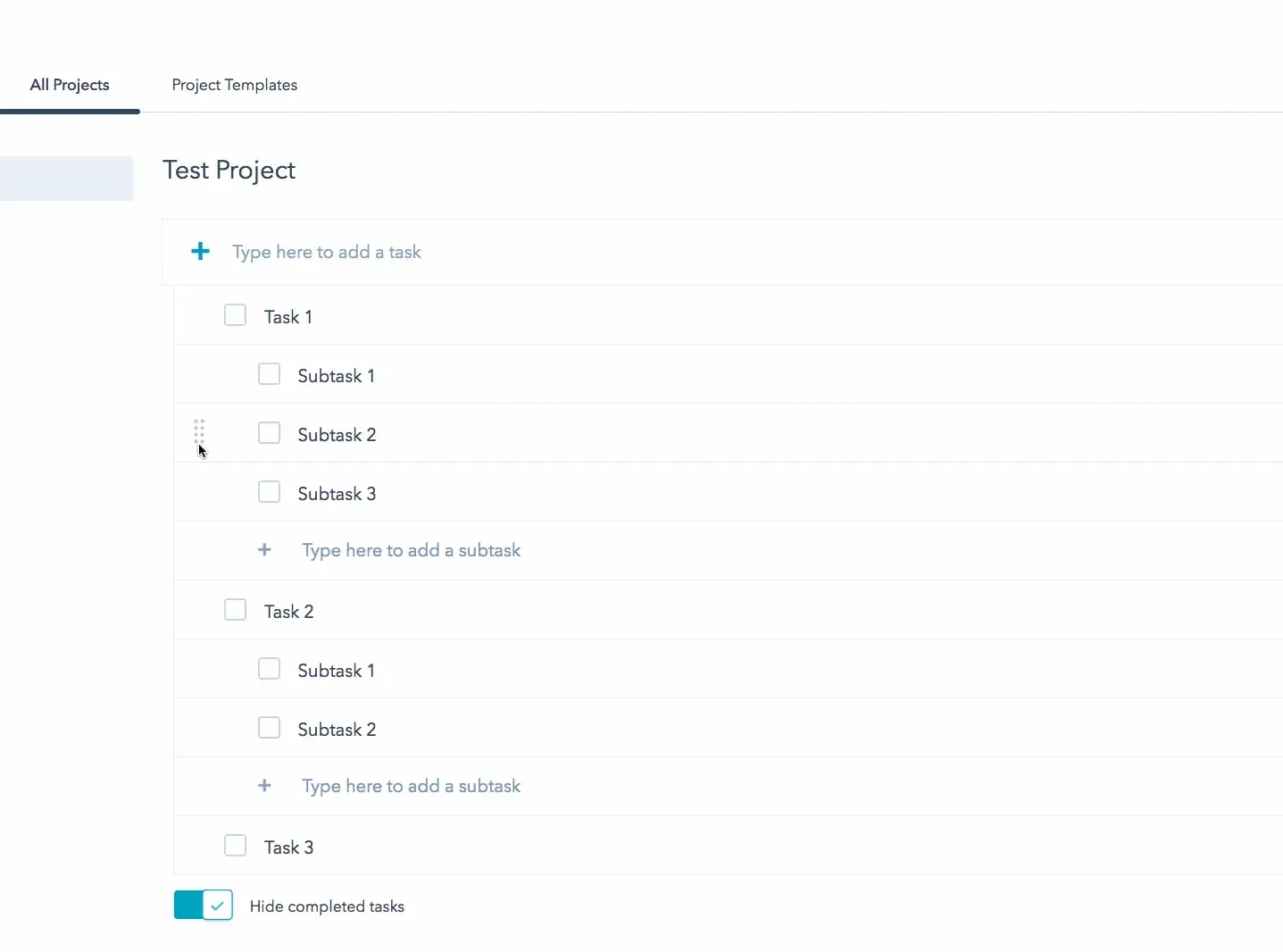
Project plans typically include:
- Project overview and goals to define the purpose and importance of the project.
- Project milestones to identify significant progress points along the way.
- Project timeline to track the steps from project start to project finish.
Best for: Teams managing complex projects with multiple stakeholders, dependencies, and deadlines.
Pro tip: Use project management software like HubSpot or Asana to create detailed project plans with customizable templates.
Product Roadmaps
While project plans address the project as a whole, product roadmaps are specific to the vision and long-term goals for product development.
The roadmap details the different phases of product development and helps connect the dots between all the teams involved in the final product’s success.
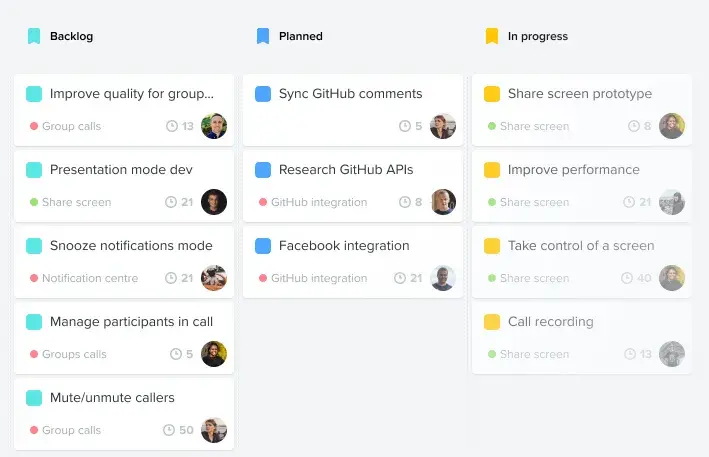
Above is an example of a Kanban board-style product roadmap. Popular with development teams, this style clearly shows the progress of multiple tasks simultaneously, all building towards a completed product.
Product roadmaps typically include:
- Product flows to showcase how teams integrate into the product life cycle.
- Themes and categories to break the larger product into manageable chunks.
- Technical requirements to detail the factors necessary for the product to function.
What I like: I like Kanban board product roadmaps because they facilitate team communication and allow for easy progress visualization.
Test Schedules
A test schedule is like a project plan for your software testing process.
It’s a document that helps you determine which product elements to test before launch, how to test each component, and which factors determine success or failure.
Here is an example of a software testing schedule template that features timelines, resources, strategy, success criteria, and a list of features that must be tested:
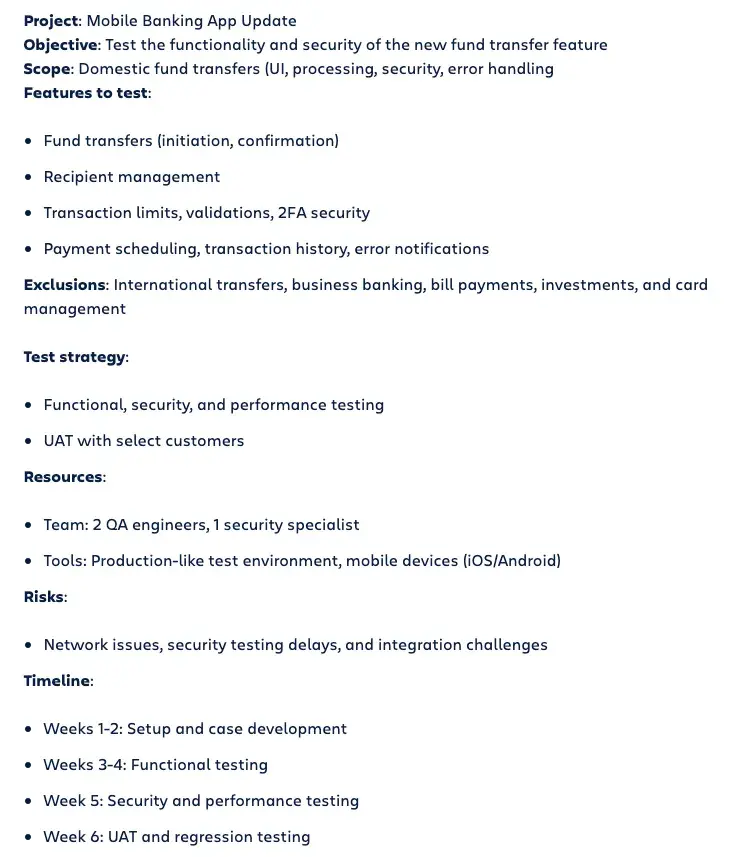
Test schedules typically include:
- Testing types to highlight which testing methods will be used for your product.
- Testing timeline to detail the testing cadence in alignment with project timing.
- Pass/fail guidelines to describe how to move forward after a test is complete.
Pro tip: A well-structured test schedule should be clear, organized, and flexible to accommodate inevitable changes and new issues during testing. Avoid excessive detail that would necessitate frequent updates to the plan as the project progresses.
How to Create Technical Documentation (in 8 Easy Steps)
- Determine your audience.
- Research the topic.
- Design your templates.
- Outline and develop content.
- Incorporate visuals.
- Review and gather feedback.
- Optimize for searchability and scannability.
- Keep your documentation up to date.
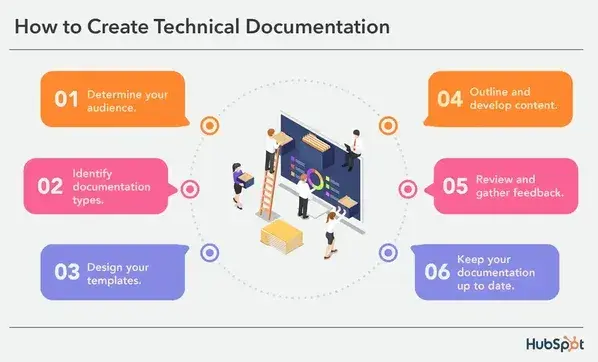
Now, how to write a technical document?
Creating high-quality technical documentation is more than regurgitating every technical detail into writing. In my view, technical writing is an art and a science. You must include all relevant information in a digestible format. Taking complex information and making it easy to understand requires real discernment and expertise. But, don’t worry. I’ve compiled some steps to help you out.
If you’re looking to build a centralized knowledge base of all your technical documentation, internal or external, look no further than HubSpot’s Knowledge Base Software.
1. Determine your audience.
As a support rep at HubSpot, I learned the value of understanding my audience. I worked with all sorts of customers, from IT professionals looking to chat about HTTP requests to marketing managers who just wanted their emails to look nice.
Each type of customer has specific needs and expectations for how they want to be communicated with. The same thing applies when writing technical documentation.
Before you write anything, you must understand who your audience is. Are you writing internal documentation for a software development team? If so, you should get down in the weeds and be detailed and technical. However, if you are writing end-user documentation, you can skip the jargon, use precise language, and focus only on what the user must know to succeed with the product.
Pro tip: Create user personas to describe your audience’s knowledge level and expectations.
2. Research the topic.
Before you begin writing anything, you must research the topic of your technical documentation to ensure you’re writing with complete confidence and accuracy. This prewriting phase is crucial, and it should uncover multiple things like:
- Scope. What you’ll cover and what you won’t.
- Goals. What should your audience be getting out of this document?
- Existing resources. Review existing documentation to bolster your knowledge and provide the next steps for your audience.
- Deadlines for both your document and the project you are writing for.
- Documentation Type. Determine the best type of document to create for your goals. Are you making a PRD or an end-user guide?
In my experience, this is the most important (and time-consuming) phase of producing quality writing. It’s a necessary step that ensures clarity and confidence in your writing.
Pro tip: Review your organization’s existing documentation thoroughly. Some information may already exist and simply needs updating.
3. Design your templates.
Once you know which types of documentation you’re developing, you should design a template for each. Standardizing your templates based on the documentation type will help users quickly identify which document they’re looking at (plus save you time).
For example, all of your product requirements documents should contain the same content sections and follow the same design format so you’re creating a consistent user experience.
Pro tip: Use structured headings, bullet points, and callout boxes to make your guides easily scannable.
4. Outline and develop content.
Now, it’s time for my favorite part: writing the content. Your template should already include the framework for what you must include, so now it’s time to flesh out the sections.
Start with a rough structure and include the most critical information first. You can add the supporting details later. Keep your audience in mind when developing your content; this will dictate how deep you want to go into the weeds.

I recommend the inverted pyramid method to get the most out of your technical writing. In summary, the method states that you should include the most important content at the beginning of your writing and fill in the minor details later. This ensures you get to the point quickly, and all your readers get value from your documentation, even those who only scan the first paragraph.
Pro tip: If you create a lot of how-to content, you can simplify the process using an AI tool like HubSpot’s free Guide Creator. This Chrome extension captures step-by-step instructions and the accompanying images while you work.
5. Incorporate visuals.
There’s nothing like a solid, unyielding block of text to captivate your readers … said no one ever.
To make your information more digestible, it’s essential to incorporate visuals like screenshots, flowcharts, and diagrams wherever appropriate. The picture-superiority effect is a well-documented phenomenon in cognitive psychology that details something we all know intuitively: Pictures are more memorable than words.
Incorporate visuals into your technical documentation to enhance clarity and increase the likelihood of your documentation being referenced and used in decision-making.
Pro tip: Place high-value, information-rich images at the top of your documentation.
6. Review and gather feedback.
Your audience is the best source for insights into whether your product documentation provides the context and information they seek. Feedback is critical to ensuring that your technical documentation offers value to your teams and customers. When developing your materials, include key stakeholders in the review process and provide your documentation to users for review.
Pro tip: Use collaborative editing tools like Google Docs to seamlessly gather feedback, comments, and questions and act on them in the same document.
7. Optimize for searchability and scannability.
Use clear headings, organizationally agreed-upon keywords, and document structure to make your information easy to scan, search, and find. Use internal linking to connect related documents (this only applies to online documents).
As a customer and former support rep, my experience has taught me that scannability is paramount in technical documents. When I’m searching for a solution in a technical document, there’s no way I’m going to read the whole thing from top to bottom, and most readers are the same. Instead, I’ll scan the headers to find the section that applies to my concern and start there. So, keep that in mind when creating your documents and ensure proper headers so your readers can cut to the chase.
Pro tip: Use knowledge base software to create a centralized, searchable compendium of all your organization’s technical documentation. Most knowledge-base systems today feature AI-powered search, which allows team members or customers to search your technical documentation using natural language.
8. Keep your documentation up to date.
Last but not least, review and update your technical documentation regularly. Your technical documentation should evolve with your product, so updating it continually as your product changes is essential.
Pro tip: Assign a team member to maintain documentation and create a system for team members to identify outdated information. As a support rep at HubSpot, I dug into technical documentation daily, and our technical writers depended on my team to flag outdated information and suggest content that customers needed.
Technical Documentation Examples
- HubSpot Help Center
- Apple Developer Documentation
- IKEA Assembly Instructions
Here are a few examples of technical documentation in the wild.
1. HubSpot Help Center

The HubSpot Help Center is an excellent example of product documentation and end-user guides. HubSpot’s knowledge base houses how-to articles and guides for all HubSpot tools. Plus, the community aspect allows users to solicit input and helpful tips from other HubSpot customers.
As a support rep, HubSpot’s knowledge base was my best friend. I referenced the knowledge base to guide my troubleshooting and bolster my product knowledge. I also routinely sent knowledge base articles to customers for their reference in case they re-encountered an issue.
What I like: Help centers like HubSpot’s empower customers to help themselves, which increases customer satisfaction and lightens the load on your support team.
2. Apple Developer Documentation

Apple provides detailed documentation for developers creating applications within the Apple ecosystem. It offers extensive materials, including API references, sample code, tutorials, and other technical documentation.
What I like: Apple’s developer documentation is updated frequently so developers can take advantage of Apple’s newest features and products. It also includes a discussion forum where developers can have conversations, collaborate on ideas, and troubleshoot as a community.
3. IKEA Assembly Instructions
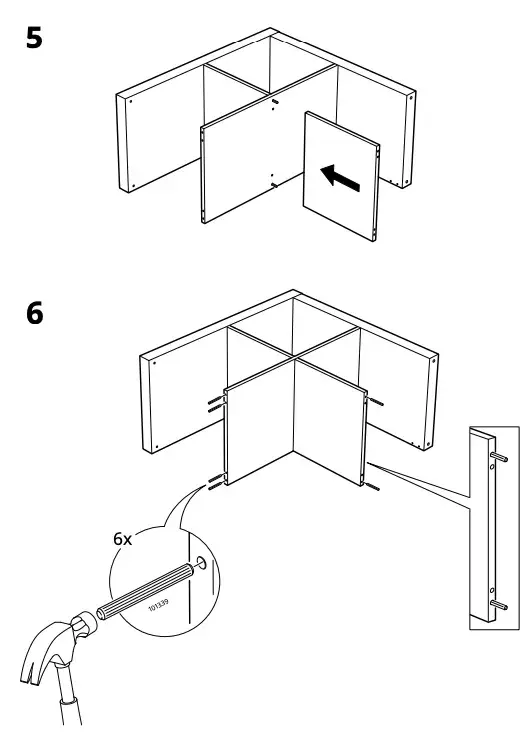
The most iconic technical documentation of all time comes from Sweden.
Every piece of IKEA furniture has a detailed assembly guide you can exasperatedly reference from your hands and knees atop a hardwood floor. We’ve all been there … at first, it seems impossible, and then the next thing you know, you have a shelf.
The minimal design of IKEA’s assembly guides focuses on simplicity and clarity. They use straightforward illustrations to break down the assembly process into the most essential components, which enhances user confidence and reduces errors.
If you lose your assembly guide, don’t worry. IKEA offers online access to assembly instructions for all its products, available as PDF downloads on its website.
What I like: IKEA’s assembly guides are highly visual, so visual that they hardly feature any words at all. IKEA has a global audience, and its visual guides can be understood by anyone, regardless of language.
Setting Your Teams Up For Success
After working on this piece, I realized that technical documentation is more than an obligatory task. It’s an invaluable asset that facilitates the connection between products and users. It streamlines troubleshooting, facilitates product development, and gives customers the information they need to succeed.
Editor's note: This article was originally published in September 2022 and has since been updated for comprehensiveness.
Knowledge Base
.png?width=112&height=112&name=Image%20Hackathon%20%E2%80%93%20Horizontal%20(14).png)

